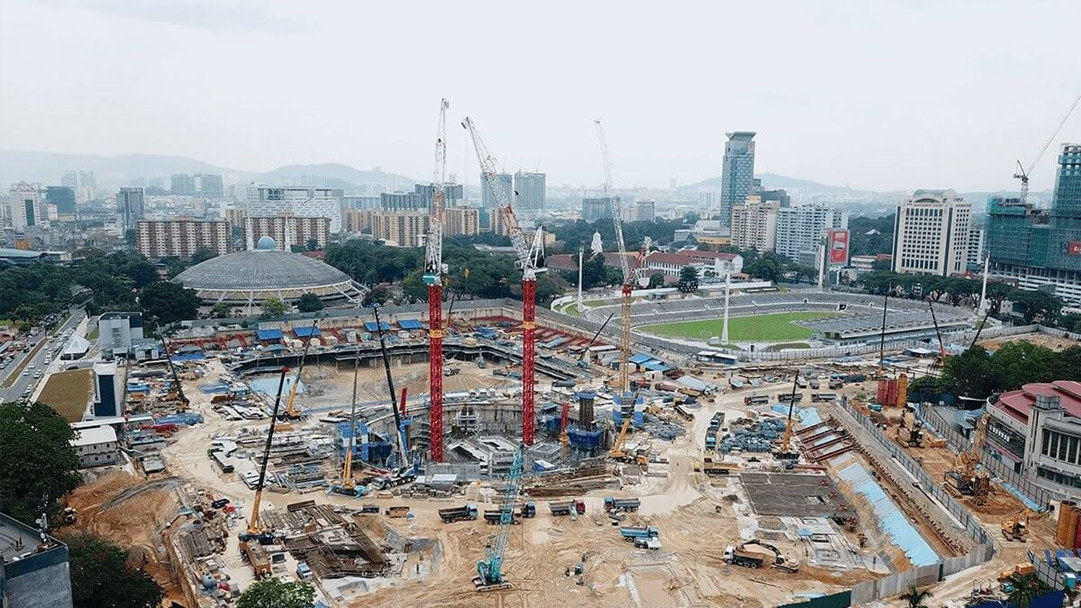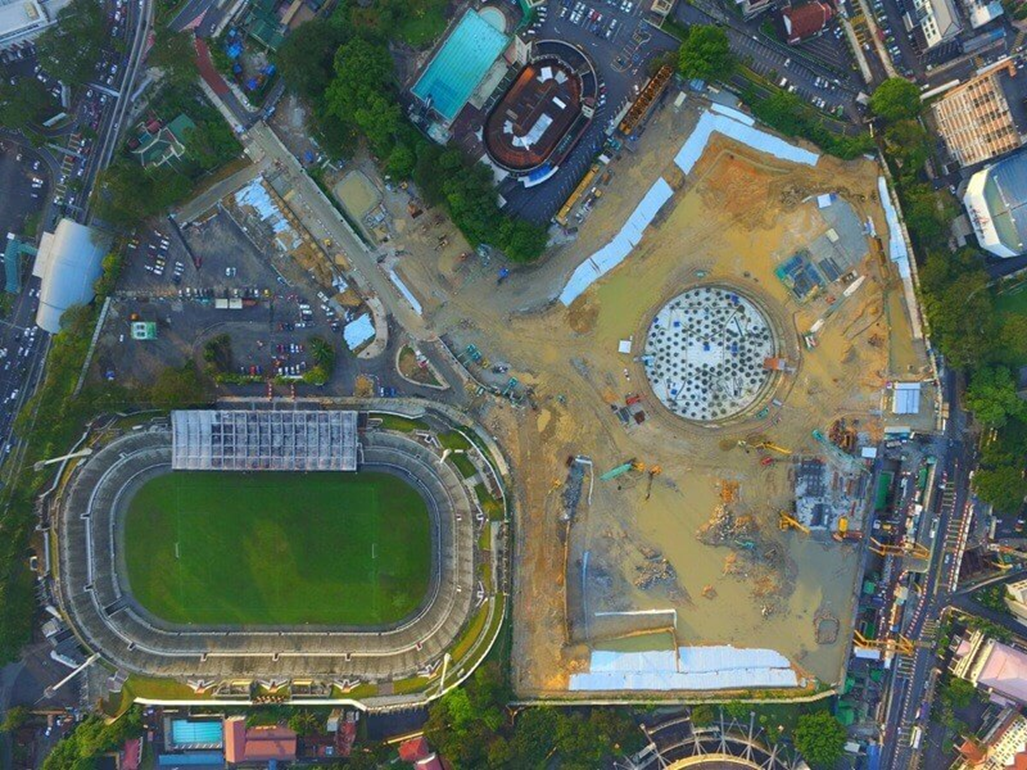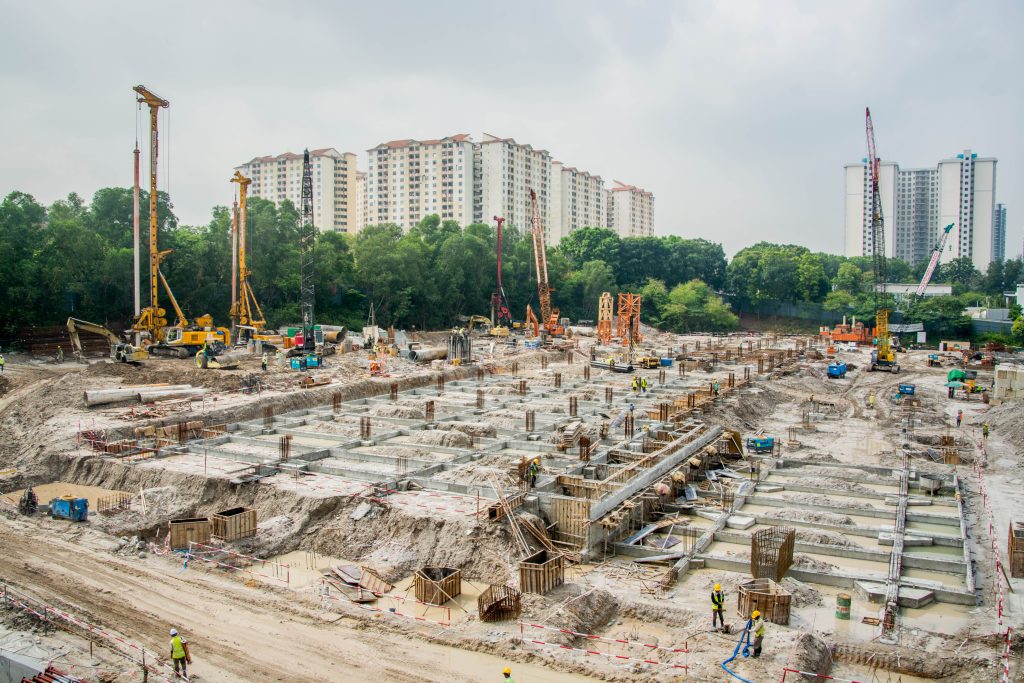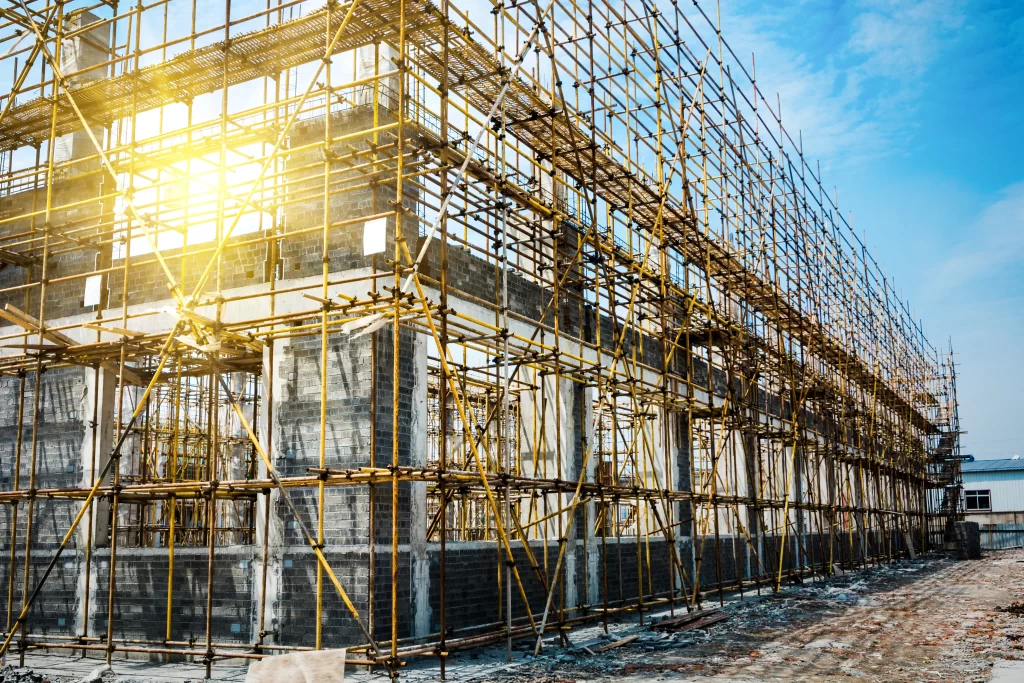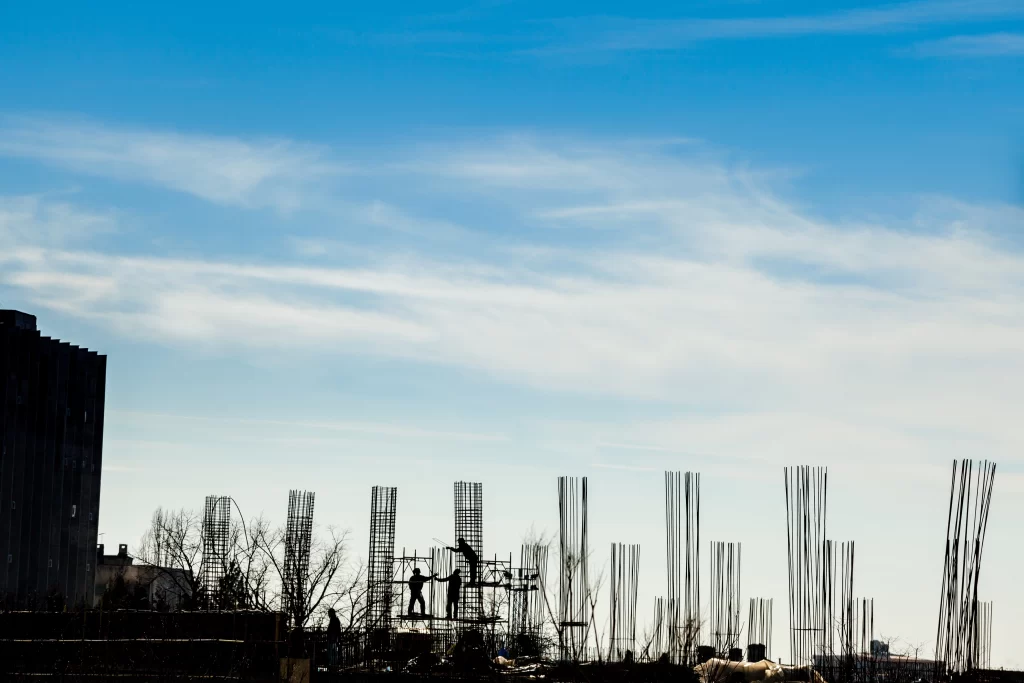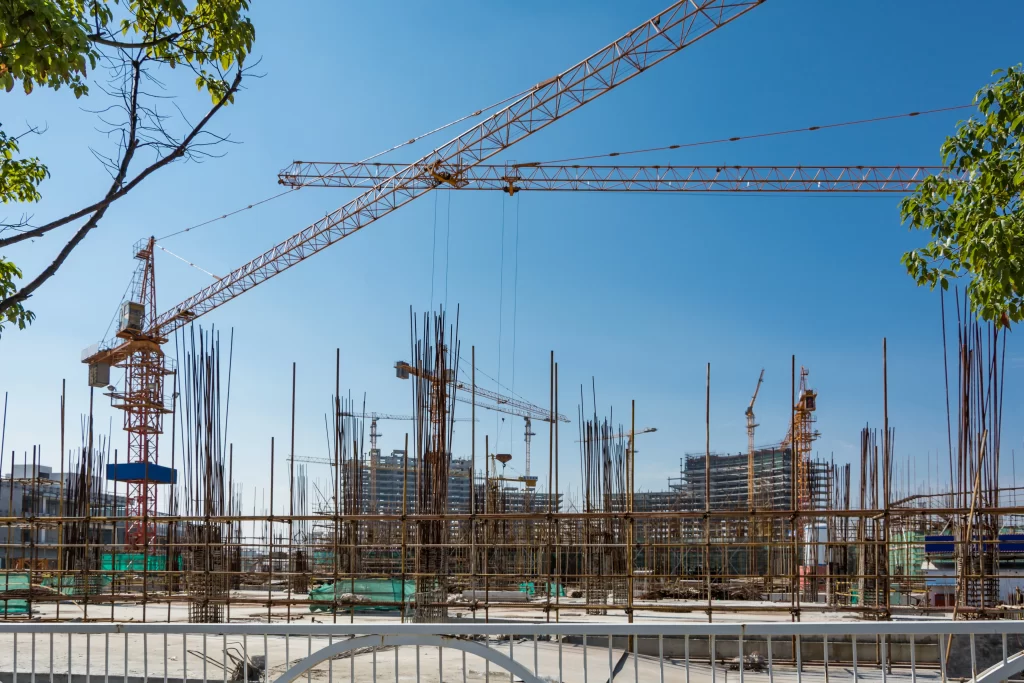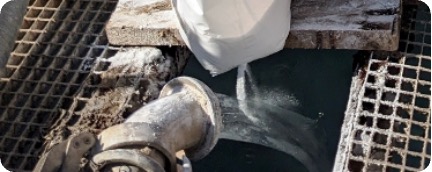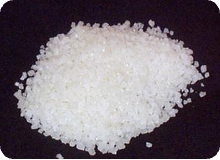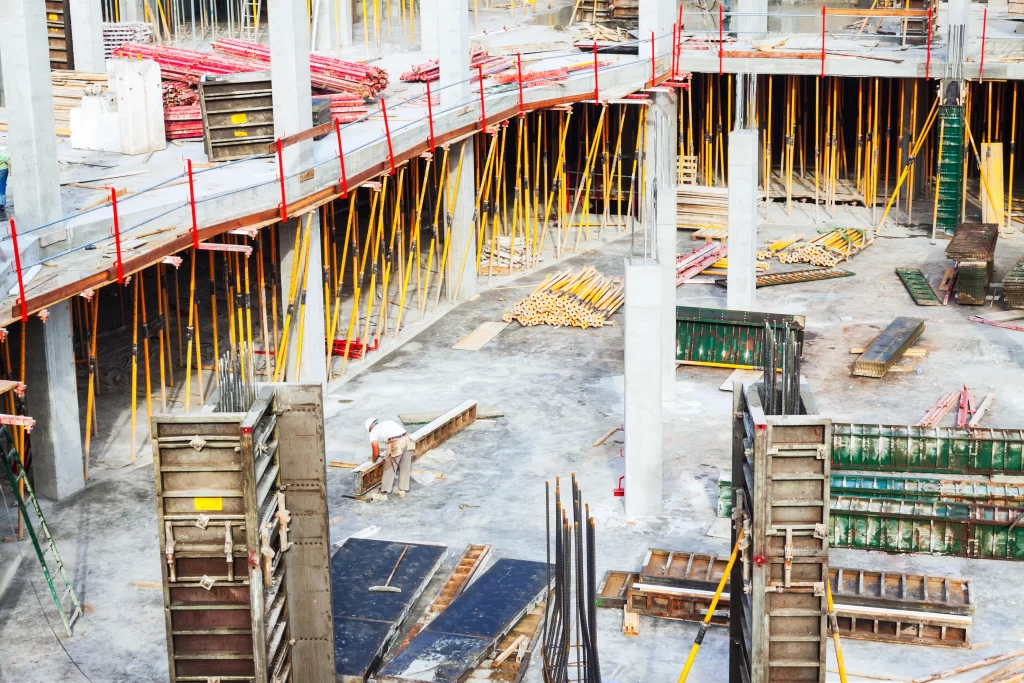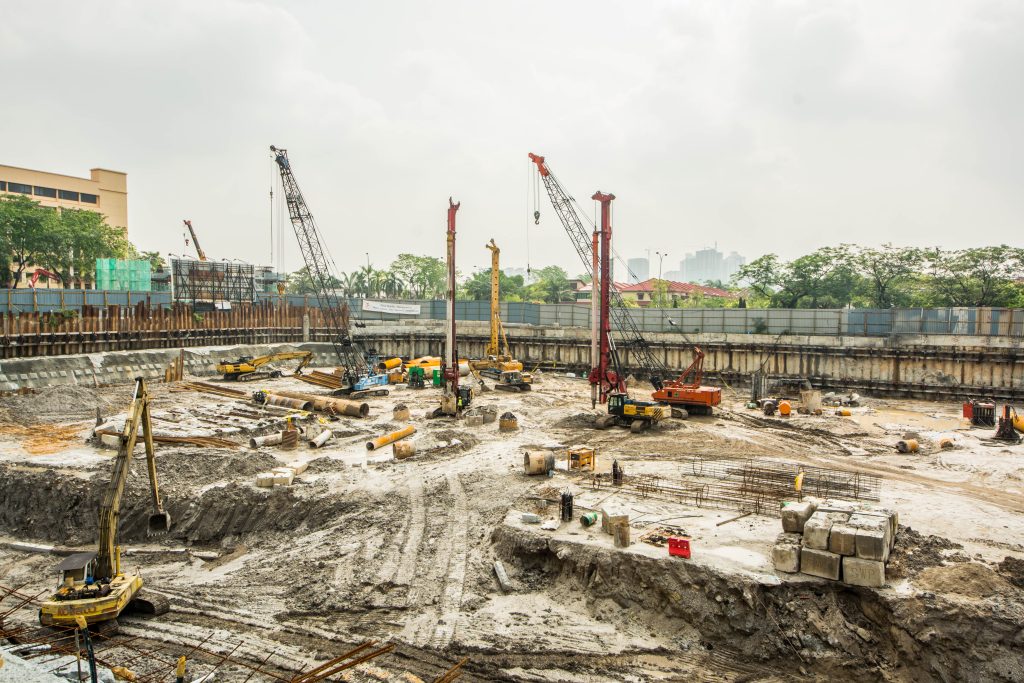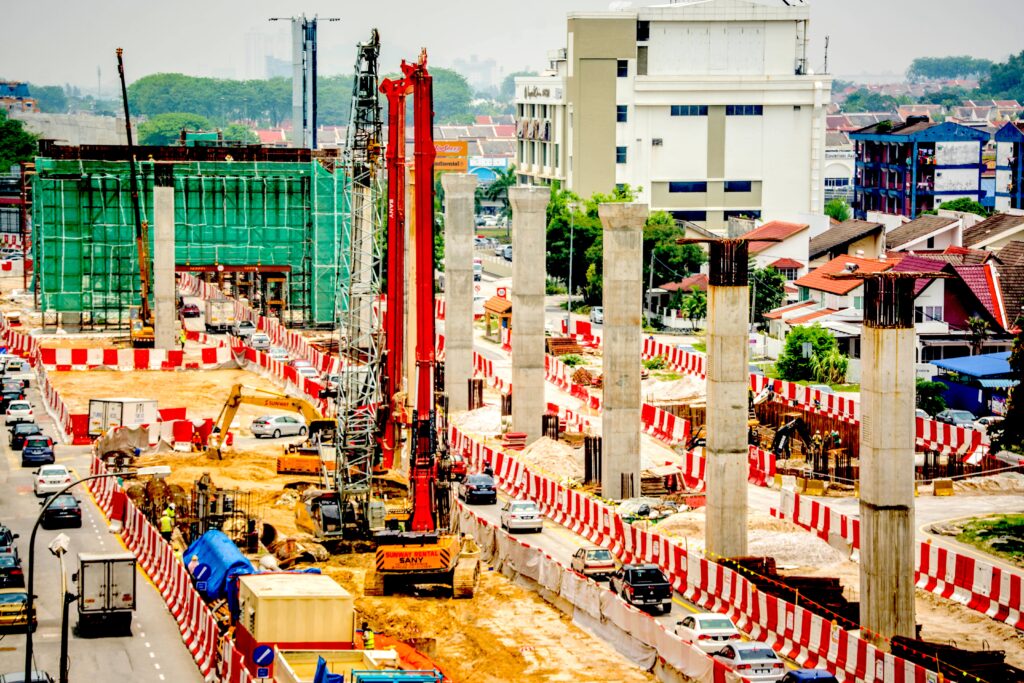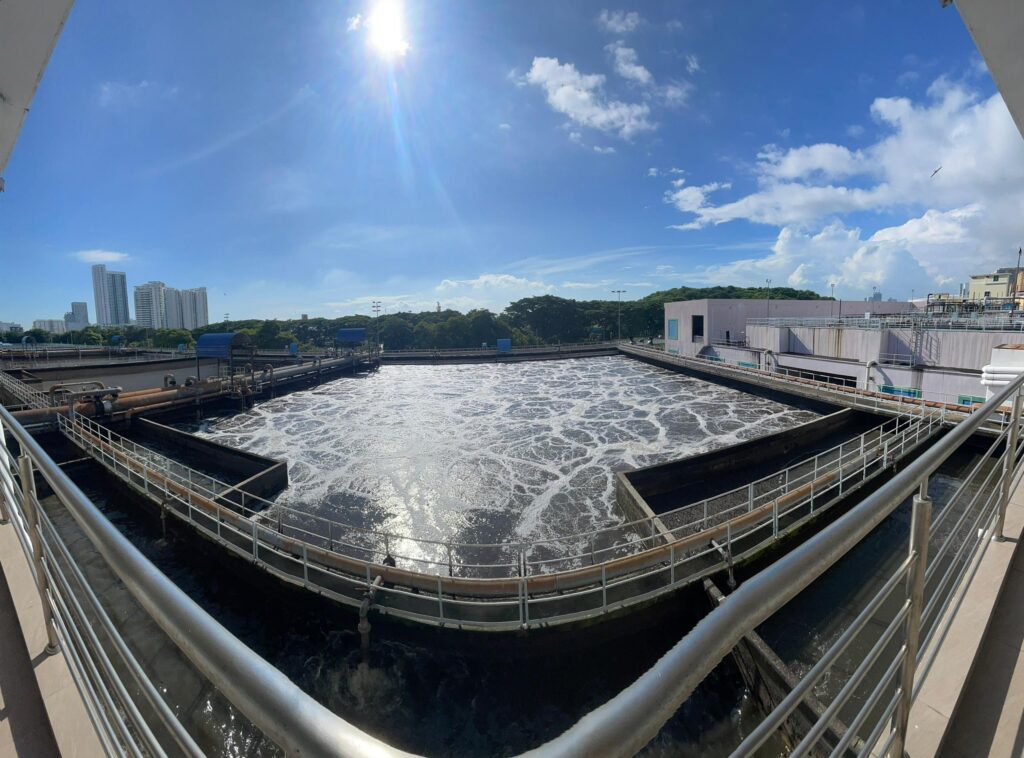Merdeka 118, also known as KL118, stands at 678.9 metres with 118 storeys, making it the second tallest building in the world. Designed as a mixed-use development, the tower houses Grade-A office spaces, the luxury Park Hyatt Kuala Lumpur hotel, an exclusive retail podium called 118 Mall, and a public observation deck known as The View at 118. The project covers a 19-acre site with an estimated cost of RM5 billion. Geo (M) Sdn. Bhd. collaborated with Aneka Jaringan (M) Sdn. Bhd. for soil stabilization of bored piles in the podium of KL118. The excavation work with PolyMud® started on 10th June 2015 and was completed on 2nd January 2016, serving as an effective alternative to bentonite and full-casing.
G3 System® was chosen because of its versatility, superior quality control of the pile, far better skin friction compared to bentonite, and a cleaner pile toe. Geo (M) Sdn. Bhd. collaborated closely with Aneka Jaringan (M) Sdn. Bhd. from the preparation of operations and throughout the project. All piles were executed with the G3 System® slurry, achieving the expected results.
Challenges
The soil consisted mainly of silty and clayey layers from the Kenny Hill Formation, with anticipated fluid loss occurring in the backfilled top soil.
The large scale of the site placed the batching plant at 700m, a considerable distance from the excavation area, leading to delays and interruptions, including leaking polymer supply pipes.
The project required extended working hours—12-hour shifts running twice daily—with only a 12-hour break every two weeks. Work also continued through public holidays to accelerate production and meet tight deadlines.
The consultants set a strict requirement of 2% maximum sand content in slurry samples taken from the pile toe, demanding precise control of slurry quality throughout the works.
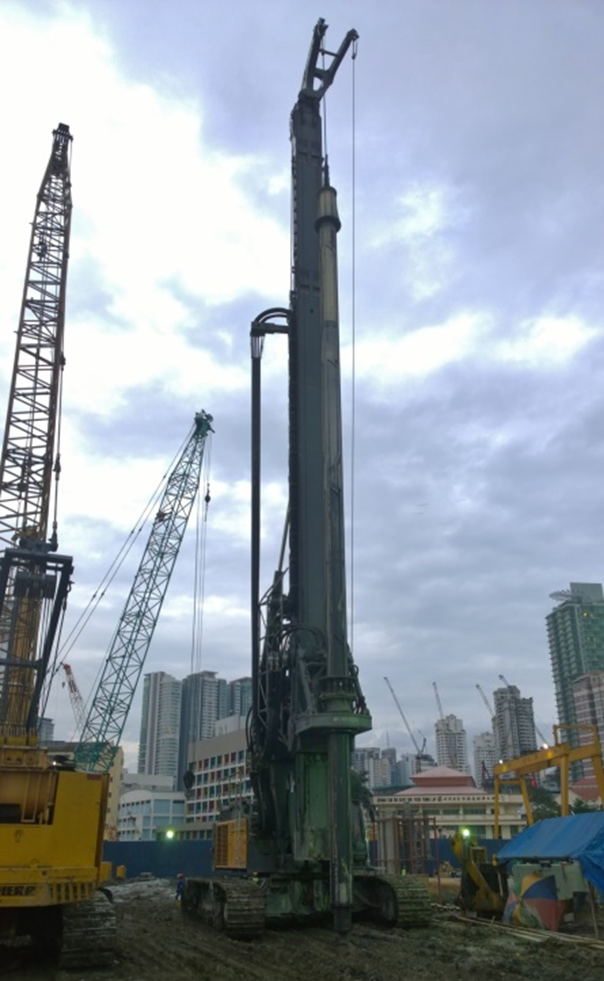
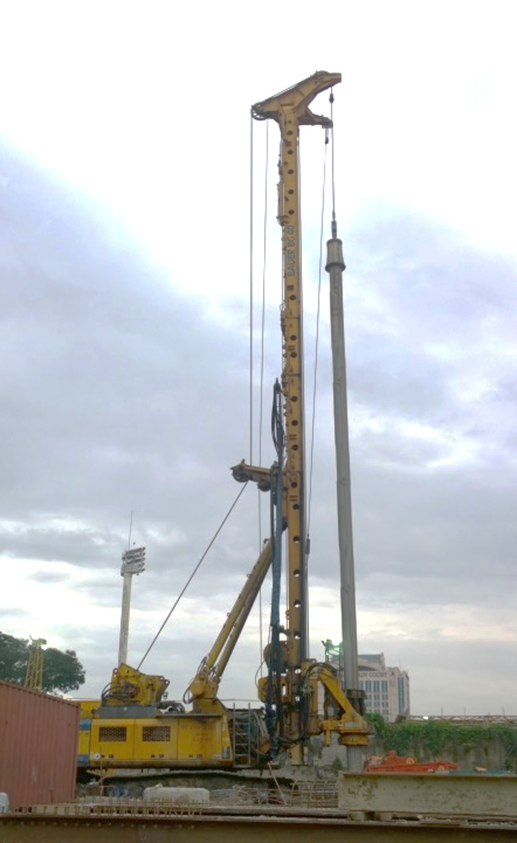
Solution
The issue of fluid loss was resolved by tailor-designing slurry parameters to seal the porous backfilled soil, increasing density with the additive Alfabond®. For the distance between the batching plant and excavation area, intermediate storage tanks were set up, and due to the versatility of the polymer, PolyMud® was mixed directly into the borehole.
To address the extended working hours, technical consultants were stationed 24 hours a day to provide continuous support throughout the bored pile installations. On the sand content requirement, strict control ensured an average of less than 1% sand content in slurry samples until the end of the project, surpassing the 2% limit set by consultants.
All test piles were successfully completed, including a Maintained Load Test carried out in four cycles up to a maximum load of 30 MN (2.5 times the working load), and a Bi-Directional Test with a maximum applied load of 41.2 MN. In addition, several Sonic Logging Tests were performed to assess pile integrity, confirming sound concrete quality throughout the shaft and clean pile toes. In conclusion, the results demonstrated superior skin friction and overall pile performance, validating the effectiveness of the G3 System® and slurry management.
Key Figures
Scope:
A total of 440 piles (including load test piles) were installed, with diameters of 1200mm, 1500mm, 1800mm, 2000mm and 2400mm, averaging 66m in depth, and amounting to a total excavation volume of 57,772.2m³
Achievements:
Slurry loss to soil formation was controlled with the usage of Alfabond.
All test piles—including Maintained Load Test, Bi Directional Test, and Sonic Logging—passed successfully. The results demonstrated clean pile toes and superior skin friction, confirming the effectiveness of the G3 System® and slurry management.
Geology:
The subsoil profile at KL118 consisted of 0 to 2m of backfilled soil, brown sandy silt from 2 to 10m with SPT values of 10–15, underlain by reddish brown sandy clay from 10 to 15m with SPT values of 45–50. This was followed by stiff yellowish brown sandy clay extending from 15 to 22m, and hard brown clay with slight gravel from 22 to 35m, both recording SPT values of 45–50. Below this, reddish brown clay was encountered between 35 and 45m, transitioning into hard brown with grey clay from 45 to 60m, and continuing with similar hard brown and grey clay down to 75m, all with SPT values of 45–50.
